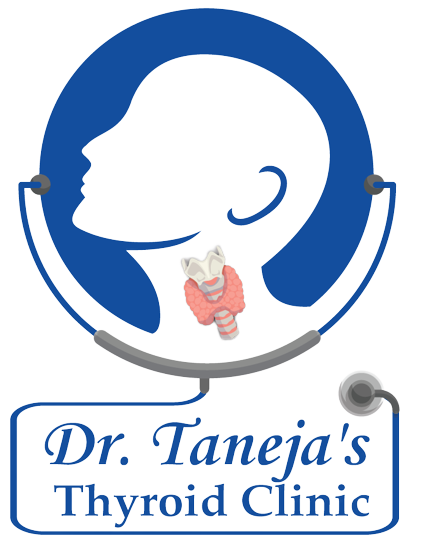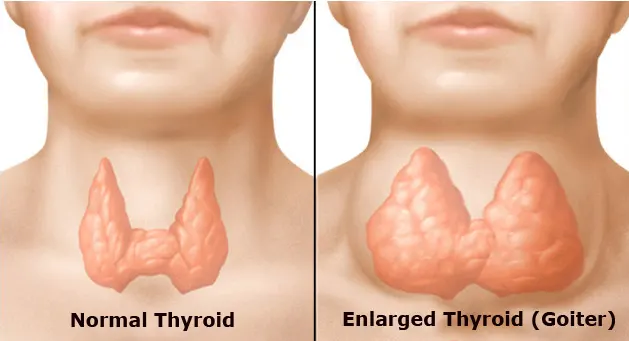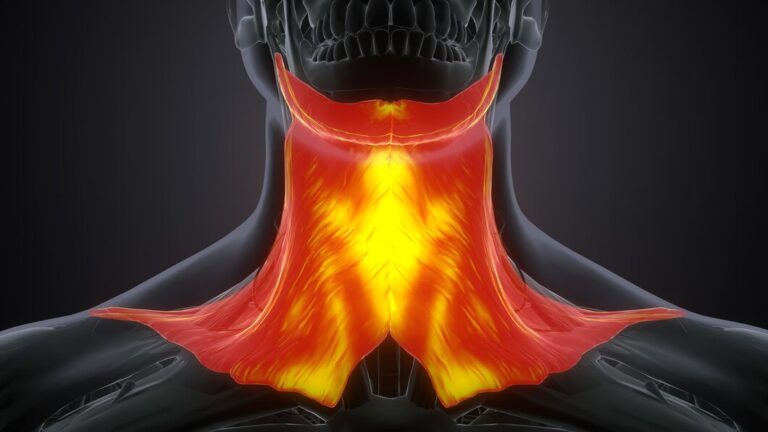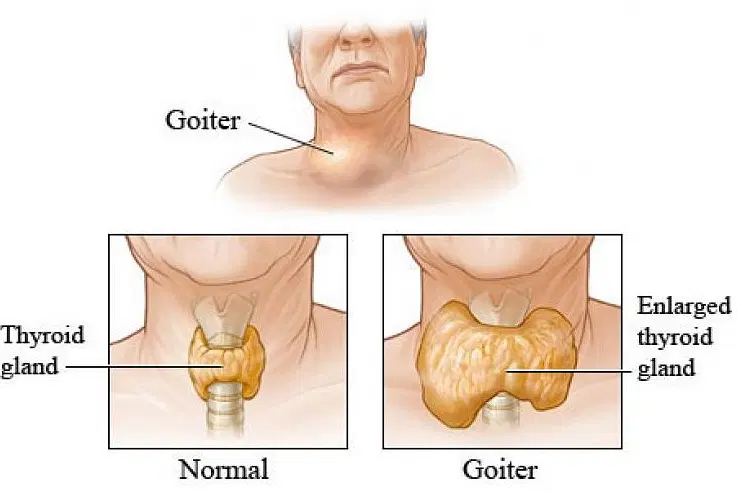Case Studies And Clinical Trials In Multinodular Goitre Research
Multinodular goitre (MNG) is a condition characterized by an enlarged thyroid gland with multiple nodules. It is a prevalent thyroid disorder, particularly in regions with iodine deficiency. Understanding the development, management, and treatment of MNG has been significantly advanced through case studies and clinical trials. These research methodologies provide insights into the disease’s etiology, progression, and response to various treatments, offering valuable data for clinicians and researchers.
Case Studies: Insights and Learning
Case studies in MNG offer detailed clinical insights that contribute to understanding the variability in the presentation and progression of the disease. They are particularly valuable for:
- Clinical Presentation and Diagnosis: Case studies highlight the diverse ways MNG can present. For instance, some patients may exhibit significant thyroid enlargement with compressive symptoms such as dysphagia or dyspnea, while others might be asymptomatic with nodules detected incidentally during imaging for unrelated issues.
- Genetic and Environmental Factors: Case studies often reveal genetic predispositions and environmental factors contributing to MNG. For example, a study of families with a history of thyroid disorders can illuminate genetic mutations linked to MNG. Additionally, examining patients from iodine-deficient regions can underscore the environmental impact on thyroid health.
- Treatment Outcomes: Individual case reports can provide detailed accounts of treatment efficacy and patient response. For instance, a case study on radioiodine therapy for a large toxic multinodular goitre may document the reduction in thyroid volume and improvement in hyperthyroid symptoms, providing practical insights for clinicians.
- Rare Complications: Rare presentations and complications of MNG, such as sudden bleeding into a nodule or malignant transformation, can be extensively documented in case studies, offering valuable learning points for healthcare providers.
Clinical Trials: Structured Evidence and Advances
Clinical trials offer structured, evidence-based insights that are essential for developing standardized treatment protocols for MNG. These trials typically focus on:
- Comparative Effectiveness of Treatments: Clinical trials compare the efficacy and safety of different treatment modalities such as surgery, radioiodine therapy, and medical management. For example, a randomized controlled trial (RCT) comparing subtotal thyroidectomy to radioiodine therapy for MNG can provide robust data on which approach offers better long-term outcomes with fewer complications.
- Dosage Optimization: Trials also investigate optimal dosages for treatments like levothyroxine suppression therapy or radioiodine. Determining the minimal effective dose helps in reducing side effects and improving patient compliance.
- New Therapeutic Agents: Clinical trials are pivotal in testing new drugs and therapeutic agents. For instance, the use of recombinant human TSH (rhTSH) to enhance the efficacy of radioiodine therapy in MNG patients has been evaluated in clinical trials, showing promising results in improving treatment outcomes with lower doses of radioiodine.
- Long-term Outcomes and Quality of Life: Longitudinal studies within clinical trials assess the long-term effectiveness of treatments and their impact on patients’ quality of life. These trials help in understanding not only the immediate response to therapy but also the sustainability of treatment benefits and the potential for recurrence of goitre.
Key Findings from Notable Case Studies and Clinical Trials
- Case Study: Familial Multinodular Goitre: A notable case study involved a family with multiple members affected by MNG. Genetic analysis revealed a mutation in the thyroglobulin gene, providing insights into hereditary patterns and potential genetic counseling for affected families.
- RCT on Surgery vs. Radioiodine Therapy: A significant clinical trial compared subtotal thyroidectomy and radioiodine therapy in patients with large MNG. The study found that while surgery provided immediate relief from compressive symptoms, radioiodine was effective in reducing thyroid volume with a lower risk of hypothyroidism post-treatment.
- Radioiodine Therapy with rhTSH: A clinical trial evaluating the use of rhTSH to enhance radioiodine uptake in MNG patients showed that rhTSH pretreatment allowed for effective thyroid volume reduction with lower doses of radioiodine, reducing the risk of radiation-related side effects.
- Long-term Outcomes of Levothyroxine Suppression Therapy: A longitudinal study assessed the effectiveness of levothyroxine suppression therapy in preventing the progression of MNG. The study concluded that while levothyroxine could stabilize thyroid nodule growth in some patients, long-term use was associated with an increased risk of osteoporosis, particularly in postmenopausal women.
Implications for Clinical Practice
The findings from case studies and clinical trials have several implications for clinical practice:
- Personalized Treatment Approaches: The variability in MNG presentation and progression underscores the need for personalized treatment plans. Clinicians should consider patient-specific factors such as age, comorbidities, goitre size, and patient preferences when deciding on treatment strategies.
- Guidelines for Treatment Selection: Comparative effectiveness trials provide evidence-based guidelines for selecting appropriate treatments. For instance, surgery might be preferred for patients with significant compressive symptoms, whereas radioiodine therapy could be a better option for those with contraindications to surgery or in regions with high surgical risk.
- Monitoring and Follow-up: Long-term studies emphasize the importance of regular monitoring and follow-up in patients with MNG, particularly those on medical management, to detect any changes in nodule size or thyroid function early.
- Patient Education and Informed Decision-Making: Educating patients about the potential benefits and risks of each treatment option is crucial. Detailed information derived from clinical trials can help patients make informed decisions regarding their care.
Future Directions
Future research in MNG should focus on:
- Genomic Studies: Expanding genomic studies to identify additional genetic markers associated with MNG can help in understanding its pathophysiology and developing targeted therapies.
- Innovative Therapies: Investigating new therapeutic agents and techniques, such as minimally invasive surgical methods or novel drugs, can improve treatment outcomes and reduce complications.
- Quality of Life Research: More studies are needed to evaluate the impact of different treatments on patients’ quality of life, incorporating patient-reported outcomes to better understand the psychosocial aspects of MNG management.
Conclusion
Case studies and clinical trials are indispensable tools in advancing the understanding and treatment of multinodular goitre. They provide critical insights into the disease’s etiology, progression, and response to various therapies, ultimately guiding clinical practice and improving patient outcomes. Continued research and innovation in this field hold promise for even more effective and personalized approaches to managing MNG in the future.








